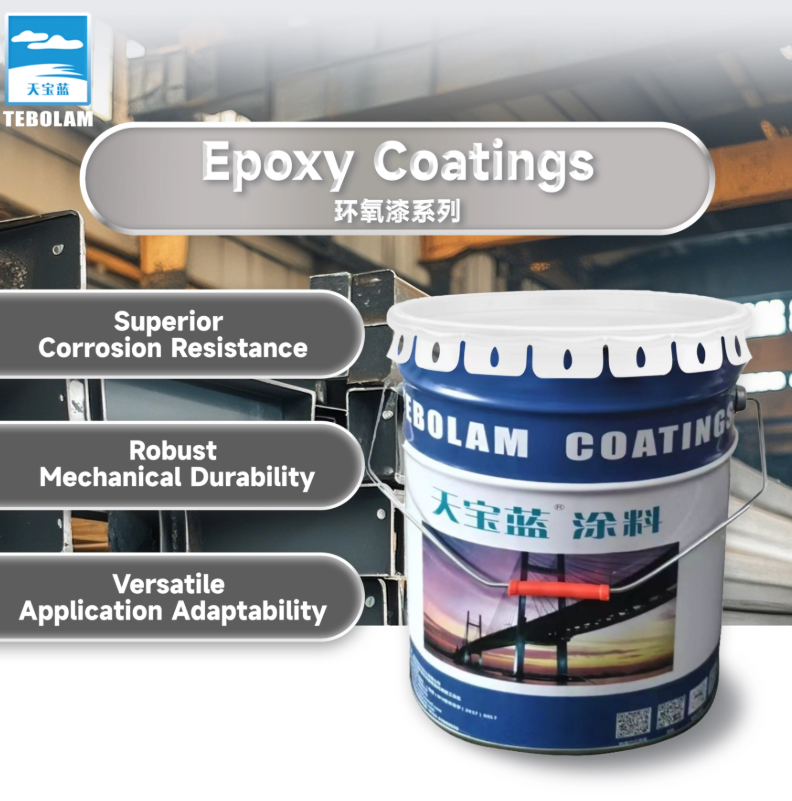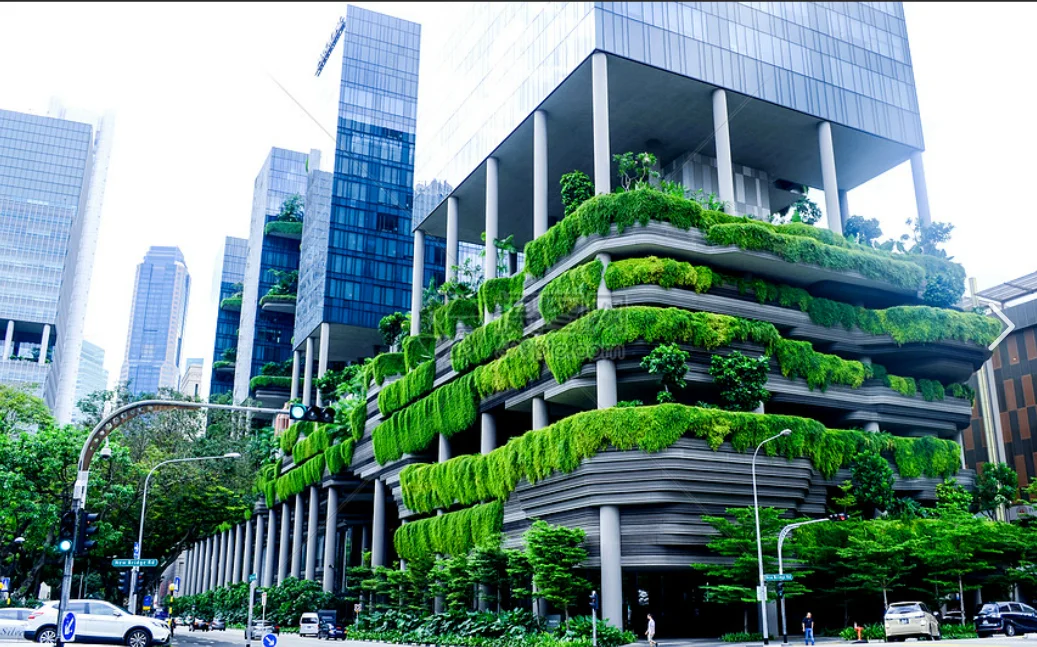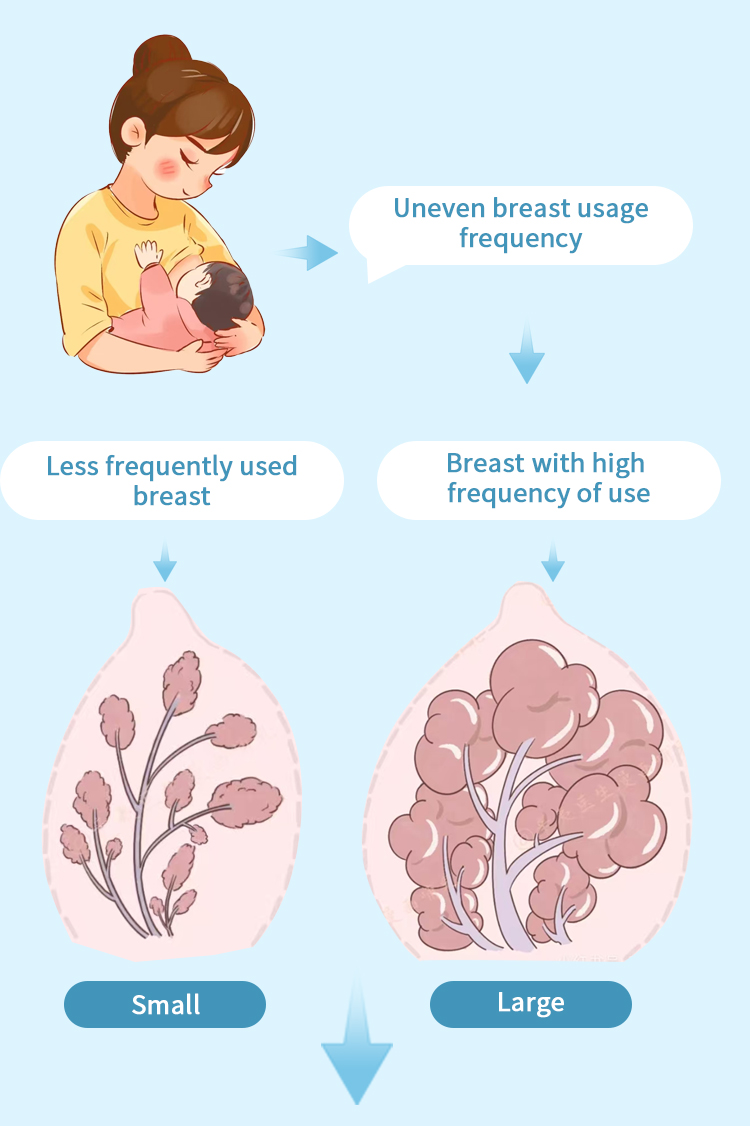Building Blocks of Space: Exploring Materials for Internal Wall Construction
When it comes to constructing internal walls, the choice of materials is pivotal not only for structural integrity but also for aesthetics, insulation, and sustainability. The materials selected can significantly influence the performance of a building, its energy efficiency, and the comfort of its occupants. In this article, we will delve into the various materials commonly used for internal wall construction, their properties, advantages, and considerations for use.
- Gypsum Board (Drywall)
Gypsum board, commonly known as drywall, is one of the most prevalent materials used for internal walls in residential and commercial buildings. Composed of a gypsum core sandwiched between two sheets of heavy paper, drywall is favored for its ease of installation and finishing.
Advantages:
- Fire Resistance: Gypsum has inherent fire-resistant properties, making it a safe choice for internal walls.
- Sound Insulation: When properly installed, drywall can effectively reduce sound transmission between rooms.
- Cost-Effective: Compared to other wall materials, drywall is relatively inexpensive and widely available.
Considerations:
- Moisture Sensitivity: Standard drywall is not suitable for high-moisture areas like bathrooms or kitchens unless treated or replaced with moisture-resistant variants.
- Durability: While adequate for most applications, drywall can be susceptible to dents and damage from impacts.
- Concrete Block
Concrete blocks, or concrete masonry units (CMUs), are another option for constructing internal walls, particularly in commercial and industrial settings. These blocks are made from concrete and can be used to create load-bearing walls.
Advantages:
- Strength and Durability: Concrete blocks provide excellent structural support and are resistant to fire, pests, and moisture.
- Thermal Mass: Their density allows for better thermal regulation, helping to maintain stable indoor temperatures.
Considerations:
- Weight: The heaviness of concrete blocks requires careful planning regarding the building's foundation and overall design.
- Aesthetic Limitations: While functional, concrete blocks may require additional finishing to achieve a desired aesthetic appeal.
- Wood Studs with Plasterboard
Using wood studs as a framework for internal walls, covered with plasterboard, is a traditional method that remains popular. This approach allows for flexibility in design and easy access to electrical and plumbing systems.
Advantages:
- Flexibility: Wood framing can accommodate various wall designs and layouts, making it ideal for custom projects.
- Insulation: The space between studs can be filled with insulation materials, enhancing energy efficiency.
Considerations:
- Susceptibility to Pests: Wood is vulnerable to termites and other pests, necessitating preventive measures.
- Fire Risk: Unlike non-combustible materials, wood can pose a fire hazard if not treated properly.
- Steel Studs
Steel studs are increasingly being used as an alternative to wood framing for internal walls, particularly in commercial construction. They offer a range of benefits that make them an attractive choice.
Advantages:
- Strength and Stability: Steel studs are resistant to warping, shrinking, and swelling, ensuring long-term stability.
- Fire Resistance: Steel is non-combustible, providing enhanced fire safety compared to wood.
Considerations:
- Cost: Steel studs can be more expensive than wood, which may impact budget considerations.
- Thermal Conductivity: Steel conducts heat, which can lead to thermal bridging unless properly insulated.
- Prefabricated Wall Panels
Prefabricated wall panels are an innovative solution that involves manufacturing wall sections off-site and then assembling them on-site. This method is gaining traction in modern construction due to its efficiency.
Advantages:
- Speed of Construction: Prefabricated panels can significantly reduce construction time, allowing for quicker project completion.
- Quality Control: Factory production allows for better quality control and consistency in materials.
Considerations:
- Transport and Handling: The size and weight of panels can complicate transportation and on-site assembly.
- Design Limitations: Customization options may be limited compared to traditional construction methods.
Conclusion
Choosing the right material for constructing internal walls is a critical decision that impacts the overall functionality, safety, and aesthetic of a building. Each material has its unique advantages and considerations, making it essential for architects, builders, and homeowners to evaluate their specific needs and project requirements. By understanding the properties and applications of various materials, stakeholders can make informed choices that enhance the performance and longevity of their internal walls. As the construction industry continues to evolve, innovative materials and methods will undoubtedly emerge, further shaping the future of internal wall construction.




